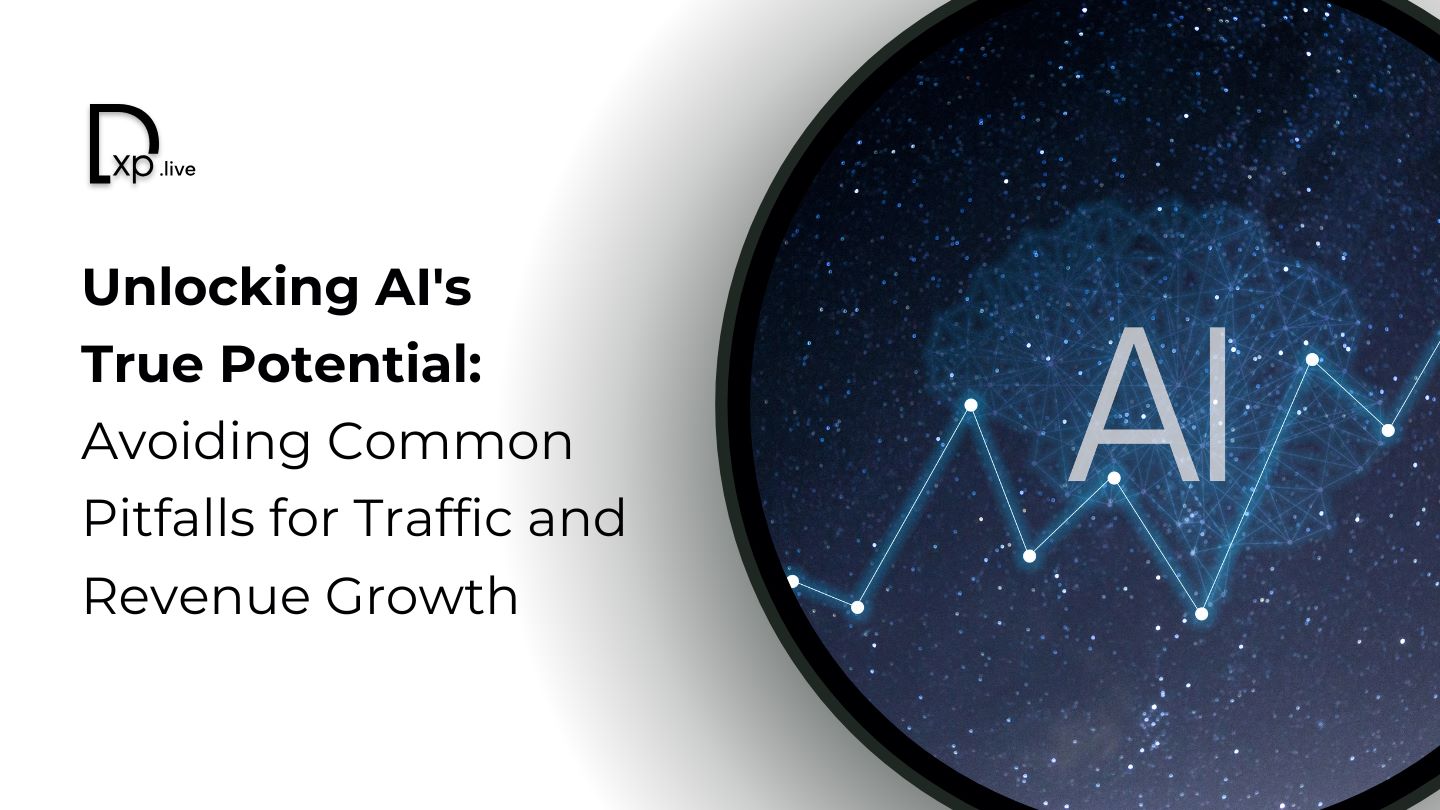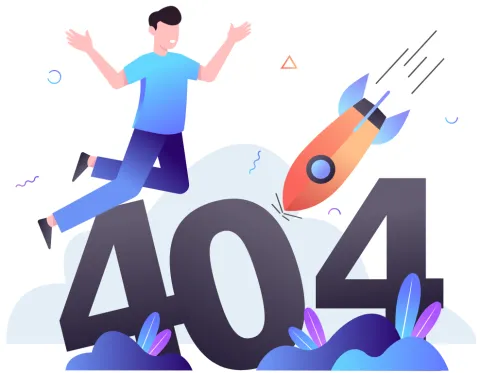Unlocking AI's True Potential: Avoiding Common Pitfalls for Traffic and Revenue Growth

In today’s digital landscape, artificial intelligence (AI) is often touted as a revolutionary tool capable of transforming businesses. From enhancing customer experiences to optimizing marketing strategies, the potential applications are vast. However, many marketers are still struggling to harness AI effectively, leading to disappointing results in traffic and revenue growth.
This article aims to uncover the most common mistakes organizations make when implementing AI and offer actionable insights on how to leverage AI technology properly to drive sales and profit.

Mistake #1: Treating AI as a Silver Bullet
One of the most prevalent misconceptions is the belief that simply adopting AI will automatically lead to success. While AI can indeed enhance efficiency and provide valuable insights, it is not a standalone solution. Marketers must understand that AI is a tool to support existing strategies, not a replacement for fundamental business principles.
Solution:
Integrate AI into a well-rounded marketing strategy. Start by identifying specific business objectives and align AI initiatives with these goals. For instance, if the goal is to enhance customer segmentation, utilize AI tools to analyze customer data and create more refined segments.
Mistake #2: Neglecting Data Quality and Quantity
AI relies heavily on data to function effectively. If the data fed into AI systems is of poor quality or insufficient quantity, the insights generated will be flawed and unreliable. Many businesses overlook the importance of data hygiene, leading to skewed results and misguided decisions.
Solution:
Prioritize data collection and management. Invest time in cleansing and organizing your data to ensure accuracy and relevance. Consider utilizing data enrichment tools that can enhance the quality of your datasets. This foundation will enable AI algorithms to perform at their best, providing reliable insights that can inform marketing strategies.
Mistake #3: Focusing on Automation Over Personalization
While automation is one of AI’s significant advantages, an overemphasis on automating processes can lead to impersonal customer experiences. Many marketers fall into the trap of relying solely on automated campaigns without considering the unique needs and preferences of their audience.
Solution:
Leverage AI for personalization rather than just automation. Use AI-driven insights to tailor content, offers, and recommendations to individual customer preferences. For example, AI can analyze past purchase behavior to provide personalized product suggestions, increasing engagement and conversion rates.
Mistake #4: Ignoring the Human Element
AI can analyze data and generate insights, but it cannot replace the human touch that often makes marketing effective. Many businesses neglect the importance of human creativity and intuition, focusing entirely on algorithms and machine learning.
Solution:
Balance AI capabilities with human insight. Encourage collaboration between data scientists and marketing teams to ensure that AI tools are used to enhance creativity rather than stifle it. Regularly review AI-generated insights with a human lens to interpret data in a way that resonates with customers on an emotional level.
Mistake #5: Failing to Monitor and Adjust AI Models
AI models require ongoing monitoring and adjustment to maintain effectiveness. Businesses often set their AI tools and forget them, leading to outdated insights and strategies that no longer align with market trends or consumer behavior.
Solution:
Implement a continuous improvement process for your AI models. Regularly assess their performance, and be prepared to retrain models as new data becomes available or as business objectives change. This adaptive approach ensures that your AI initiatives remain relevant and effective over time.
Mistake #6: Lack of Clear KPIs and Objectives
Without clear key performance indicators (KPIs) and objectives, businesses can struggle to measure the success of their AI initiatives. Many organizations deploy AI without a defined roadmap, making it challenging to assess impact and value.
Solution:
Establish clear KPIs that align with your marketing goals. Whether it's increasing website traffic, boosting conversion rates, or enhancing customer satisfaction, define metrics that will allow you to measure success. This clarity will enable you to track progress and make informed adjustments to your AI strategy.
The Right Way to Use AI for Growth
To unlock the true potential of AI and drive traffic and revenue growth, businesses must approach AI strategically. Here are some best practices to follow:
- Define Clear Objectives: Start with well-defined business goals that will guide your AI initiatives.
- Invest in Data Quality: Ensure your data is accurate, relevant, and enriched for optimal performance.
- Emphasize Personalization: Use AI to tailor customer experiences based on insights derived from data.
- Maintain the Human Element: Combine AI insights with human creativity and intuition to craft compelling marketing strategies.
- Monitor and Adjust: Continuously evaluate and refine AI models to keep them aligned with evolving market dynamics.
- Set Measurable KPIs: Define clear metrics to track the success of your AI initiatives and guide decision-making.
Conclusion
Artificial intelligence holds immense promise for businesses looking to enhance their marketing efforts and drive revenue growth. However, many organizations are misusing this powerful technology, resulting in missed opportunities and stagnation. By understanding common pitfalls and implementing strategic best practices, businesses can unlock the true potential of AI, leading to increased traffic, improved customer engagement, and sustainable revenue growth.
FAQs:
1. Why isn’t AI delivering the expected traffic and revenue growth for my business?
AI is often misused due to poor data quality, lack of personalization, or neglecting human oversight. Align AI with specific goals to see better results.
2. How does data quality affect AI performance?
Poor-quality data leads to unreliable insights. Ensuring clean, enriched data enables AI to provide accurate, actionable insights that drive growth.
3. What’s the difference between AI automation and AI personalization?
Automation streamlines tasks, while personalization tailors experiences. AI should focus on personalizing customer interactions to maximize engagement.
4. How can I balance AI automation with human creativity?
Use AI to generate insights but rely on human intuition to craft emotionally resonant marketing strategies, ensuring a more impactful approach.
5. What metrics should I track to measure AI success?
Set KPIs aligned with business goals, such as increased website traffic, conversion rates, or customer satisfaction, to assess AI’s impact on growth.




